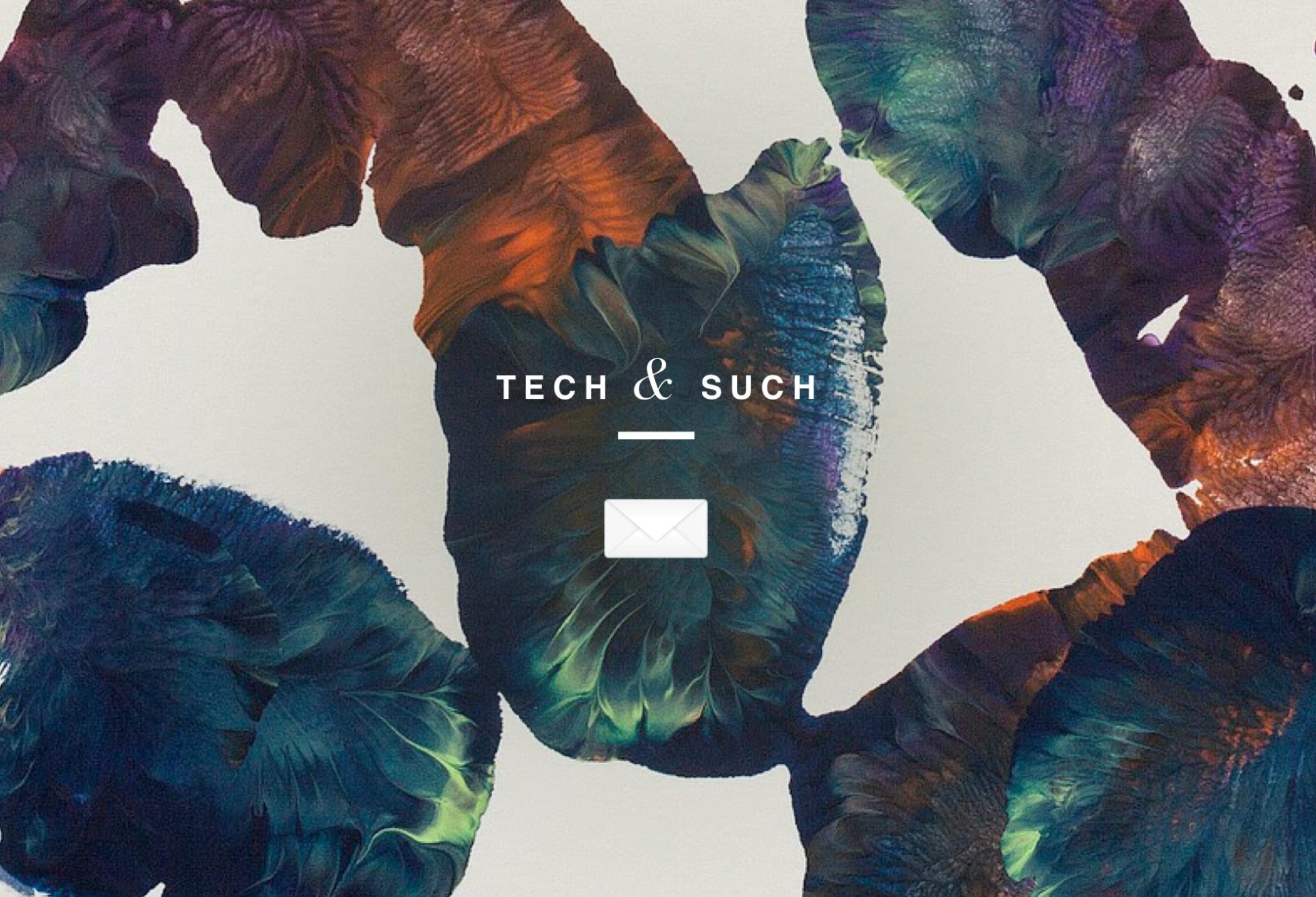This week we’re talking about the cyber insecure world we live in and a potential digital Geneva Convention, bovine wearables, the trouble of tracking sleep, and how 3D printing has led to the gift of (mouse) life.
SECURITY .
Is it time for a digital Geneva Convention?
If you haven’t heard, this past Friday was one of the worst cyber attacks of all time. The Russian Interior Ministry’s computers froze, British hospitals couldn’t access their patients’ files, and more than 74 other countries from Ukraine to Taiwan were affected. Corporate IT departments, national intelligence agencies, and big technology companies like Microsoft have all been receiving blame. Ok, so what can we do to stop this from happening again?
Microsoft has publicly come forward urging for a digital “Geneva Convention”, emphasizing major inter-continental cooperation. Their President Brad Smith recommended an agency be established similar to the International Atomic Energy Agency, however instead of cooperating to prevent a nuclear meltdown, they would work together to prevent a technological one.
Microsoft is getting quite a bit of praise online for such a public move. It’s not necessarily in a company’s best interest PR-wise to admit that their systems are vulnerable. Much respect, Microsoft. 👏
WEARABLES .
Even cows are getting in on it
There are now cows, elephants, and chickens getting into wearables before you. I guess we need more cowbell. However, you may not feel like you’re missing out on the new “ingestibles” wearables. Farmers are getting their animals to swallow these devices to track the contents of their stomachs to see when they are sick or in heat.
The smart devices for farm animals market is growing. One is the Cowlar. A farmer straps this small box to the back of the cow’s head, which tracks its movement, temperature, location, and other data. The data is transmitted wirelessly to “the cow router”, then processed and reported to the farmer. And it’s all about increasing milk yield and improving breeding. I’m guessing that didn’t convince you to join the wearables movement. sorry. 🐄 not sorry.
WEARABLES .
Forget exercise – zZzzZzz, track sleep
If sleep is as important as exercise for a healthy lifestyle, then we should try to learn from it. Problem is, tracking sleep isn’t as clear-cut. One example is how wearables track movement. With exercise, the internal accelerators can point to calories burned. Good. On the other hand, movement while sleeping is both natural and an indication of poor sleep quality. The lifestyle and medical takeaways aren’t so clear. These devices do use medical research and science, but they are by no means certified medical devices.
Fitbit’s new device the Alta HR takes a look at a different variable, with heart rate data adding an additional perspective to sleep quality. But as wearables provide more and more information to their wearers about their bodies, users will need to be careful to not misdiagnose themselves. Sleep researchers believe measuring brain activity would be most helpful. Keep an eye out for smart headbands in the next year or so…
3D PRINTING .
Helping mice give birth 🐁
Prosthetic ovaries made of gelatin have allowed mice to conceive and give birth to healthy offspring. Researchers at Northwestern University even derived the gelatin from collagen, a protein naturally found in animal ovaries. The disturbing part is that in order to conduct the experiment, they had to first remove the mice’s ovaries to then, surgically replace them with the prosthetic ovaries. In the end, three female mice were able to deliver healthy litters.
And if it works with mice then… researchers are looking ahead to the future and whether human patients could benefit. While that reality still seems to be years away, fans of 3D printing can already point to 3D-printed heart valves, skin, ears and bone scaffolds. If most of us didn’t foresee today’s 3D printed organs, who’s say that 3D printed human ovaries aren’t right around the corner?
As always, check out our blog for more. That’s it for this week.✌️



